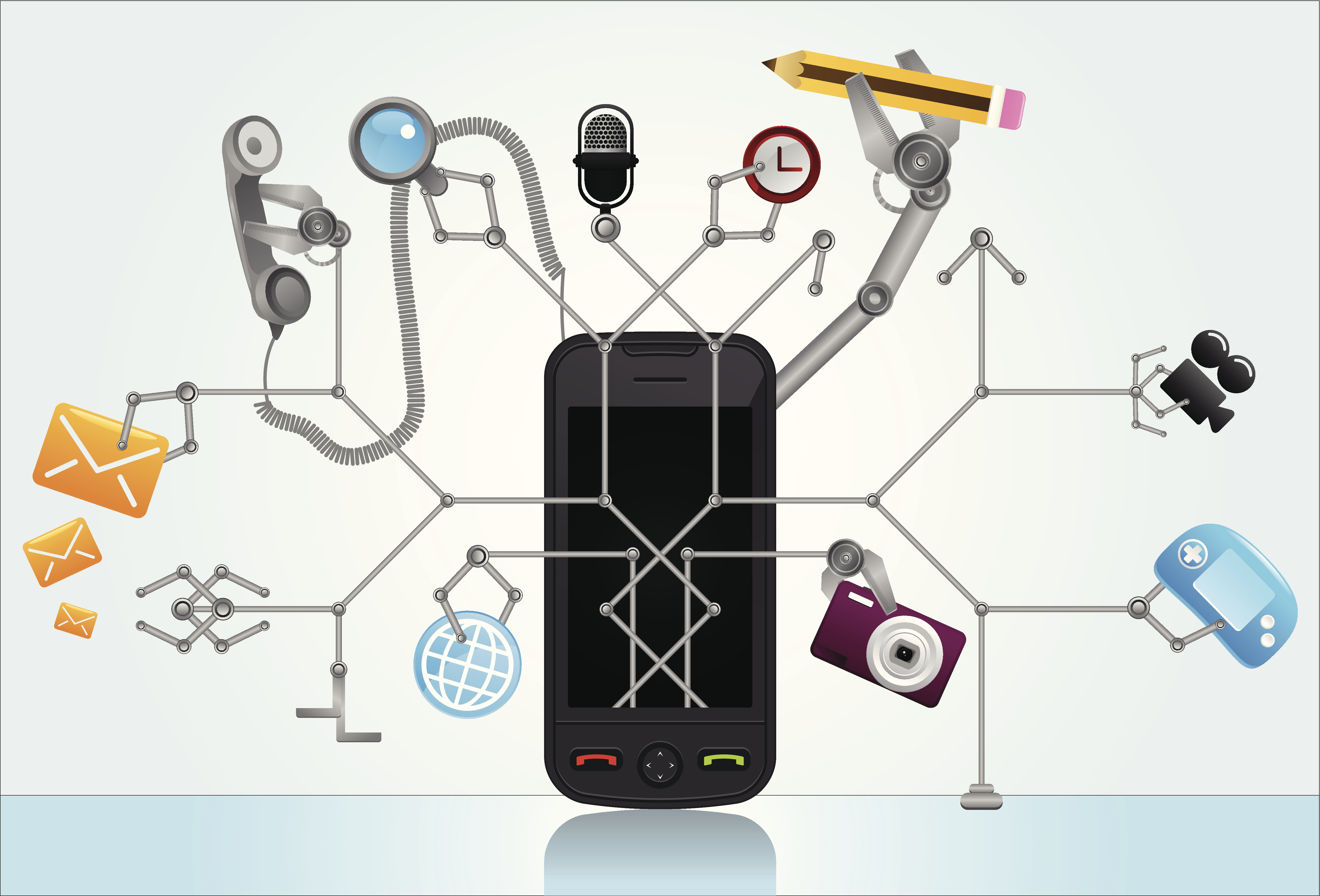4 Barriers to Android Adoption
There are a few reasons driving warehouse modernization, two of them being the age of existing mobile computers and the end-of-support timetables for legacy mobile operating systems offered by Microsoft.
There are a significant number of good reasons to stay focused on Windows for your future mobile deployments (and some of those reasons are the exciting new devices we’ve seen recently from our device manufacturing partners).
For this post, we’ll cover some barriers that you may be facing if you’re looking at Android for your next generation mobile deployment. Among the selection criteria many businesses prioritize when looking at their next generation solution, here are four I hear about often, including how to make them successful on Android:
1. Deploy without disruption
This has been a common requirement even without choosing a significantly different operating system. So, when faced with making a big leap such as from Windows CE to Android, the fear of disruption is understandable. This is where many get caught up in app migration, and the cost and effort that comes with it. Good news: you can move to Android and ensure business continuity by keeping the systems you already have in place.
2. State-of-the-art user experience
If you’re going to embrace a new generation of mobile hardware that offers a beautiful, bright screen and touch interface, you don’t want to give workers a text-heavy application to work with. Terminal Emulation or “green-screen” applications have been trusted for decades. To get the most out of their proven success in a new generation, modernize these existing telnet clients so your workers get an experience similar to what they get on their personal smartphones.
3. Deliver more than just “green-screen”
Terminal Emulation has certainly been the most common method for connecting mobile devices to host-based applications. But, what about all the web-based enterprise systems out there? If you’re running SAP, Oracle, Manhattan, or any of a variety of other browser apps, you’re equally in need of a solution to bring those apps to new touchscreen devices. With our Velocity platform, you can modernize the user experience for both – telnet and web apps – using a common mobile enablement solution.
4. Flexibility to make it our own
You already have established tasks that workers navigate. Now, you want to further optimize them with scripts so that workers can move through tasks faster. An example would be automating steps in the task workflow that perform a calculations. Further enhancement to your apps may include custom onscreen keyboards that present the user with only the keys appropriate for a specific data field (no need to show alphabetic characters for a quantity field, for example). Finally, modernized apps offer an opportunity to promote your brand. Whether these apps are seen only by warehouse workers, or in customer-facing environments (read: retail floor), you can add branding elements to really make your apps look your own.
Bottom line: choosing a new mobile hardware platform is a big consideration. Making that decision with a new operating system in the mix raises even more questions. Here’s an opportunity to learn more and eliminate some of the barriers to Android adoption. I’m shamelessly plugging our upcoming webinar, Mapping Mobile Solutions to Meet Warehouse Modernization Trends Presented by VDC Research. Hope to see you there, where you’ll be able to hear expert analysis on app modernization and more!


